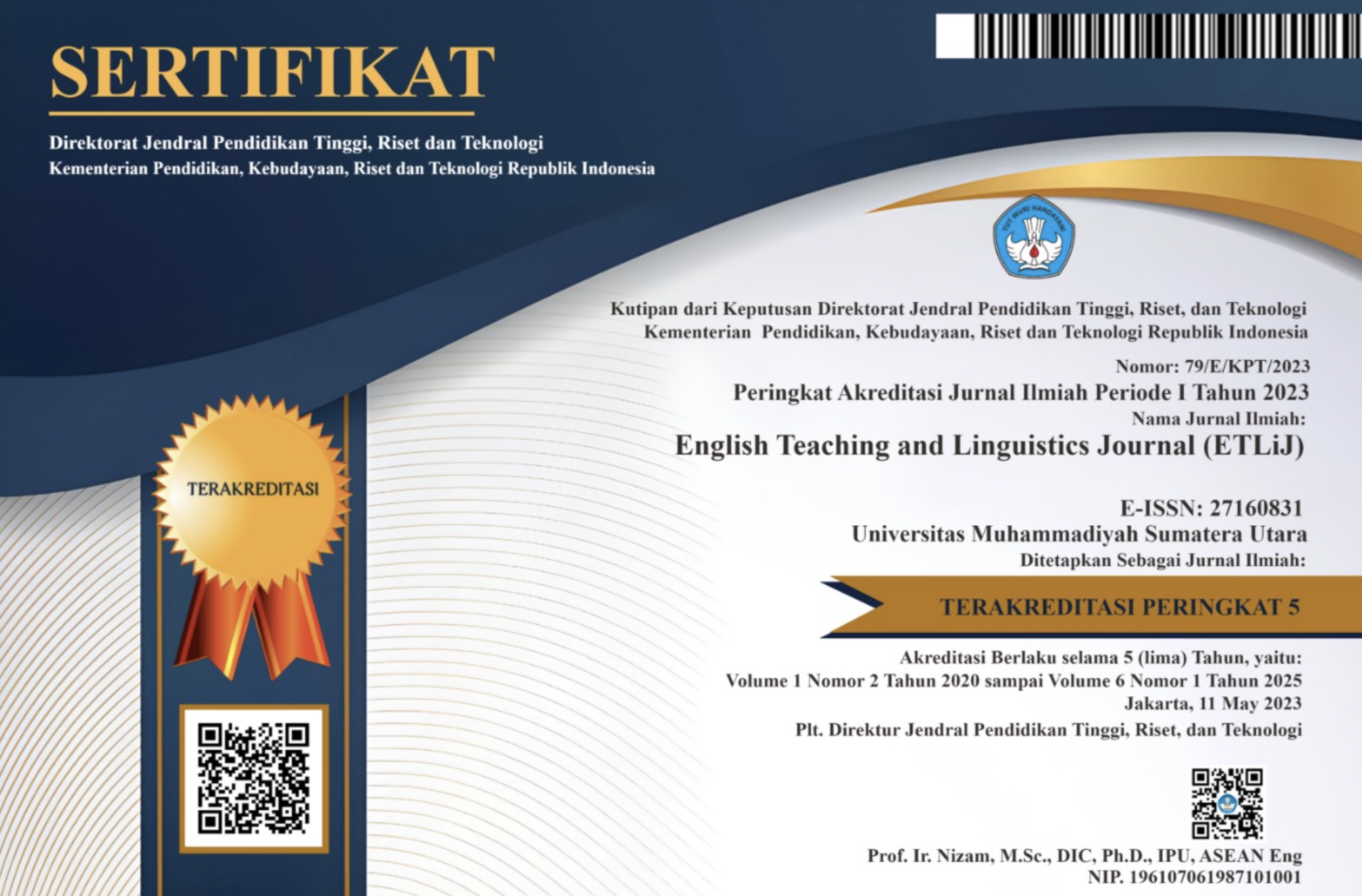Acceptability of Standard Indian English Morpho-Syntactic Features: An Empirical Study
Abstract
ABSTRACT
The emergence of varieties of English over the years has been the outcome of some prolonged and sustained struggles for their acceptance and linguistic legitimacy. These varieties which include not only Indian, Pakistani, Singaporean English but also American, Australian, New Zealand, Welsh, Scottish and Irish English among others have had to struggle against the perceived superiority of British English to assert their legitimacy even among their people (Choudhury, 2018). We have a well-documented record of the struggles for linguistic independence of American English. Studies conducted among the users of different varieties of English have, in recent times, shown greater acceptability of their own varieties of English. However, the acceptability is not universal and a large number of users of the language still regard their own varieties to be low in comparison to the native varieties. Baumgardner states that had similar studies on American English been done in the nineteenth century, a similar disparity of views would have been found (Baumgardner, 1996, p. 262). Although Indian English has gained legitimacy as a variety with its distinct lexical, morpho-syntactic and discourse features, its acceptability among the users of the language needs to be ascertained. The purpose of the study is to examine the acceptability of Standard Indian English usage among the people very closely associated with the English language through an analysis of subject response to a questionnaire comprising Standard Indian English morpho-syntactic items.
Keywords
Full Text:
PDFReferences
Agnihotri, R. K., A. L. Khanna, and A. Mukherjee. (1984). The use of articles in Indian English: Errors and pedagogical implications. International Review of Applied Linguistics in Language Teaching XXXII(2). 11528.
Balasubramaniam, T.(1981).A textbook of English phonetics for Indian students. New Delhi: Macmillan India Limited
Bamgbose, A. (1998).Torn between the norms: innovations in world Englishes. World Englishes.17. 1-14.
Bauer, Laurie. (2002). An Introduction to international varieties of English. Edinburgh: Edinburgh University Press.
Baumgardner, Robert J. (1996). South Asian English: Structure, use, and users. Delhi: Oxford University Press.
Burns, R. B. (2000). Introduction to Research Methods.4th ed. Melbourne: Longman.
Bhatia, Tej K. (1987). English in advertising: Multiple mixing and media. World Englishes, 6(1), 3348.
Chaudhary, Shreesh C. (1989). Some aspects of the phonology of Indian English. Ranchi: Jayaswal Press.
Choudhury, M. (2018).Norms and pedagogical models with special reference to Indian English. The Journal of AsiaTEFL, 15 (2), 542-549.
Choudhury, M. (2018). Towards a pedagogical model for teaching English in Indian context. Newcastle: Cambridge Scholars Publishing.
Cohen, L, Manion, L & Morrison, K. (2007). Research methods in education.6th ed. London: Routledge Falmer.
Dornyei, Zoltan. (2003). Questionnaires in Second Language Research. London: Lawrence Erlbaum Associates.
Dubey, Vinod S. (1991). The lexical style of Indian English newspapers. World Englishes 10, 19-32.
Gargesh, Ravinder. (2004). Indian English: Phonology. In Edgar W. Schneider, Kate Burridge, Bernd Kortmann, Rajend Mesthrie & Clive Upton (Eds.), The Handbook of varieties of English: vol. 1, Phonology, (pp. 9931002). Berlin: Mouton de Gruyter.
Goswami, P. (2006). Indian English: A contemporary linguistic description. Diss. Jawaharlal Nehru University, Web. 12 January. 2015, www.shodhganga.inflibnet.ac.in.
Hohenthal, Annika. (2003). English in India: Loyalty and attitudes. Language in India 3, n.page. Web. 15 March 2014.
Hosali, P. (1999). The English language in India: its origin(s). In K.V. Tirumalesh (ed.), pp. 115.
Kachru, B. B. (1985). Standards, codification and sociolinguistic realism: The English language in the Outer Circle. In R. Quirk, & H. Widdowson (Eds.), English in the world: Teaching and learning the language and literatures, (pp. 11-30). Cambridge: Cambridge University Press.
Kachru, B. B. (2005). Asian Englishes- beyond the canon. Hong Kong: Hong Kong University Press.
Kachru, Y &Nelson, C. (2006). World Englishes in Asian contexts. Hong Kong: Hong Kong University Press.
Kaushik, S. (2011). Teaching English in Indian contexts: Toward a pedagogic model. World Englishes, 30(1), 141-150.
Mukherjee, Joybrato and Sebastian Hoffmann (2006). Describing verb complementational pro?les of new Englishes: A pilot study of Indian English. English World-Wide, 27(2), 14773.
Olavarria de Ersson, Eugenia and Philip Shaw (2003). Verb complementation patterns in Indian standard English. English World-Wide, 24(2), 13761.
Parasher, S. V. (1991). Indian English: Functions and form. New Delhi: Bahri Publications.
Pingali, S. (2009). Indian English. Edinburgh: Edinburgh University Press.
Prabhakar Babu, B. A. (1971). Prosodic features in Indian English: Stress, rhythm and intonation, post-graduate research diploma project. Hyderabad: CIEFL.
Schneider, Edgar W. (2007). Post colonial English: varieties around the world. New York: Cambridge University Press.
Heckel, Silke. (2002). The overuse of the progressive aspect in Indian English. Konstanzer Online Publication System, Web. 20 Nov. 2015. .
Goswami, P. (2006). Indian English: A contemporary linguistic description. Diss. Jawaharlal Nehru University, Web. 12 January. 2015, www.shodhganga.inflibnet.ac.in.
Hohenthal, Annika. (2003). English in India: Loyalty and attitudes. Language in India 3, n.page. Web. 15 March 2014.
Wiltshire, Caroline & Russell Moon (2003). Phonetic stress in Indian English vs. American English. World Englishes, 22(3), 291303.
DOI: https://doi.org/10.30596/etlij.v2i2.6798
Refbacks
- There are currently no refbacks.

This work is licensed under a Creative Commons Attribution 3.0 License
ISSN: 2716-0831





